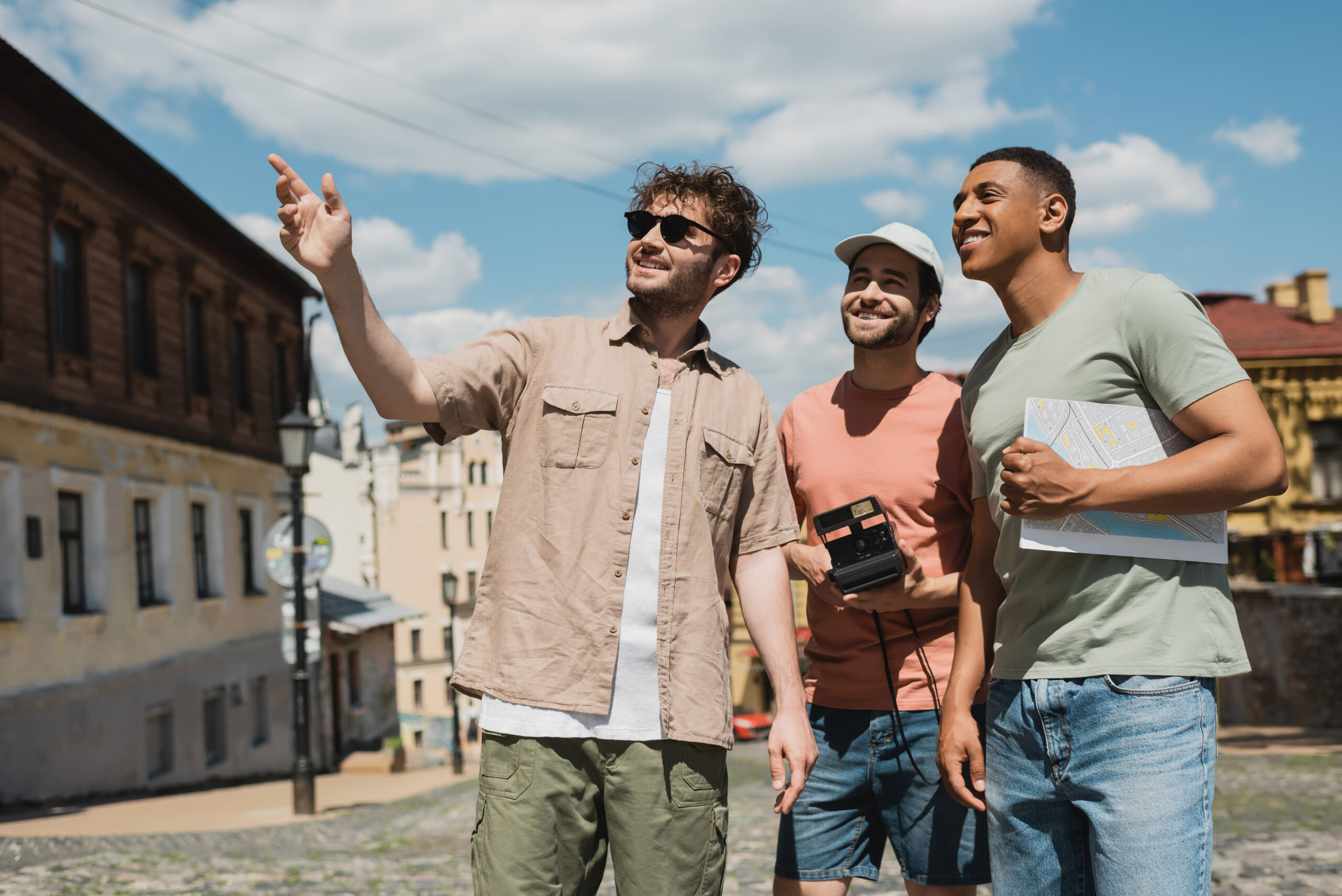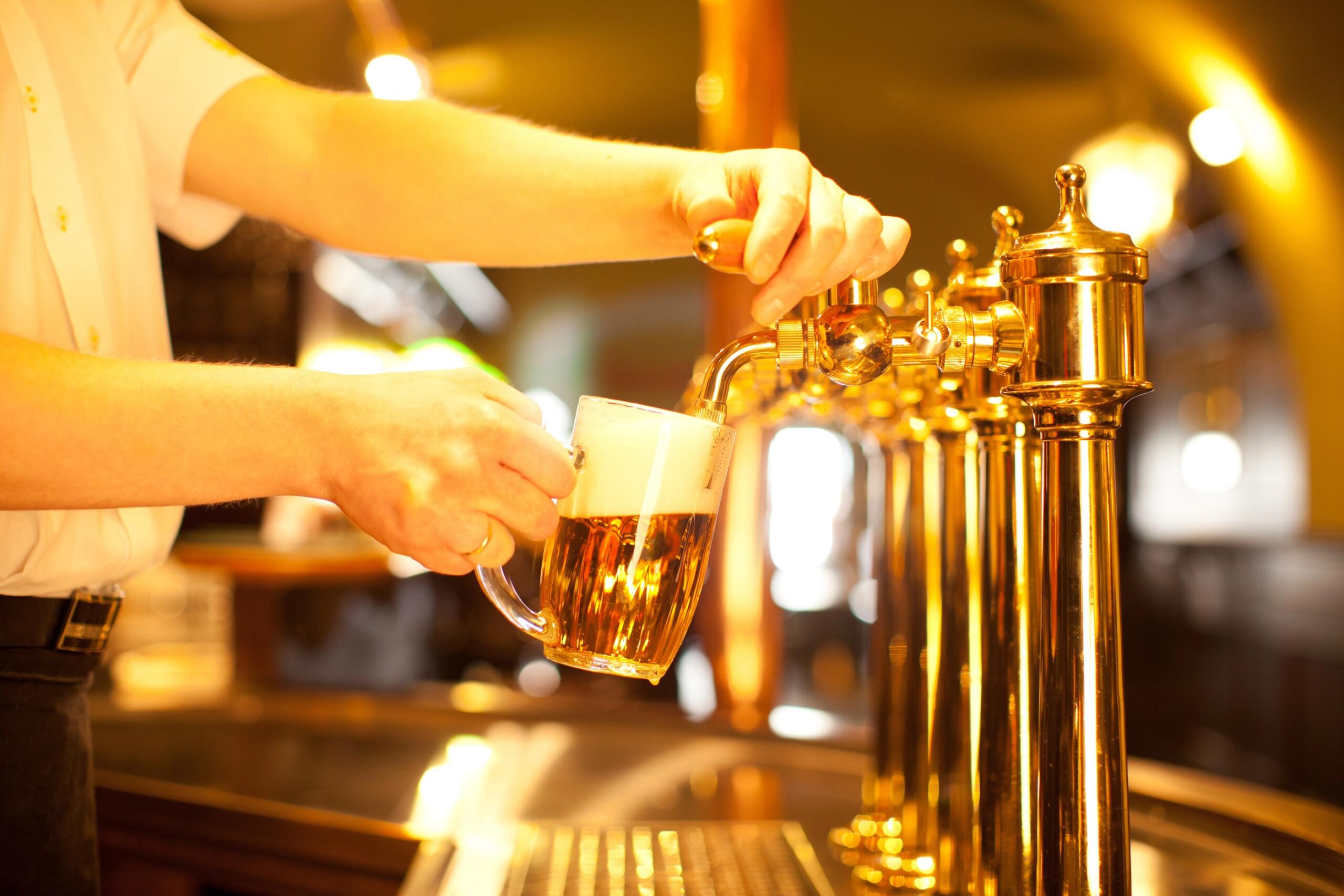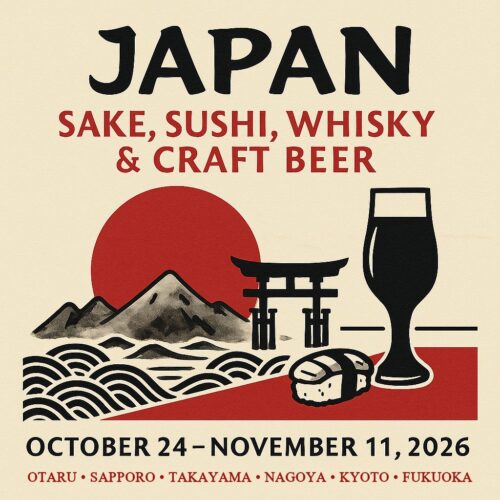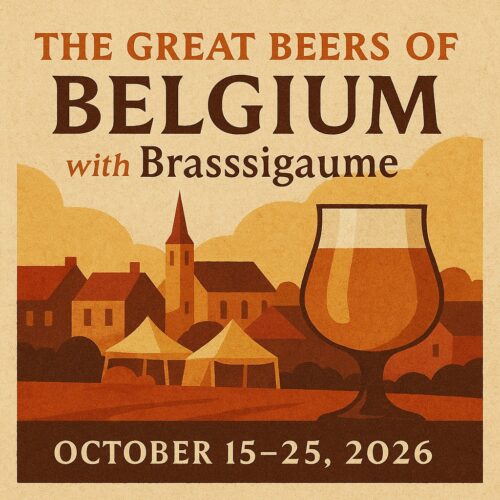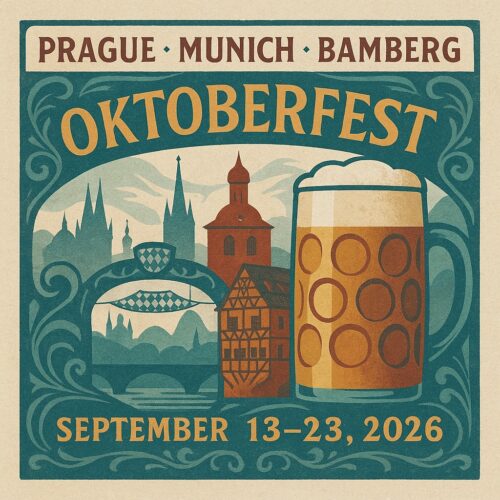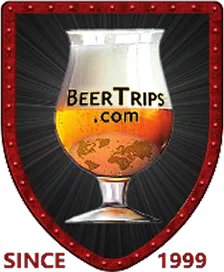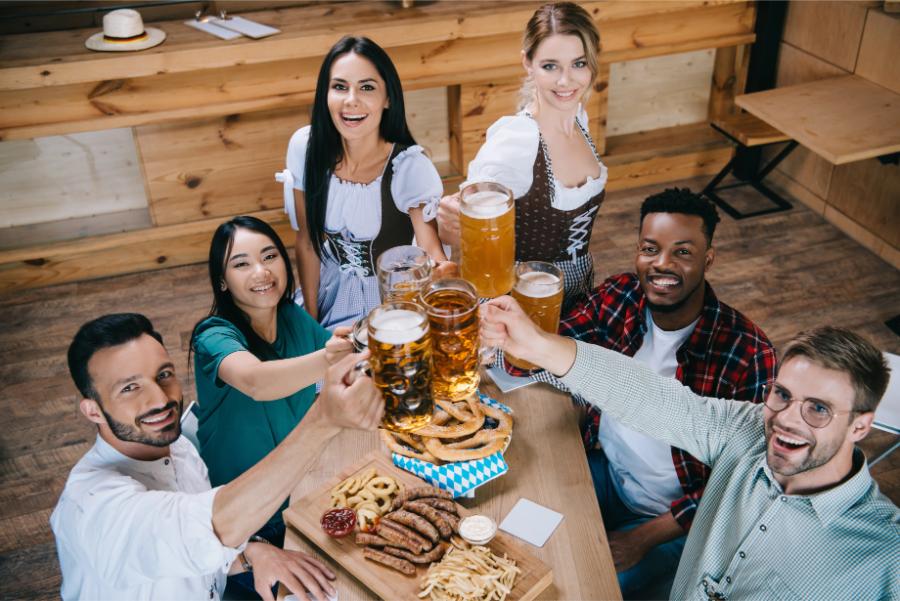
Introduction: A Journey into Europe’s Beer Wonderland
Europe’s beer culture is a tapestry woven with centuries of tradition, craftsmanship, and regional pride. From the ancient monastic breweries to the modern craft beer renaissance, the continent’s diverse brewing heritage promises a sensory delight that combines history, culture, and flavors waiting to be savored. Get ready to embark on a journey that will tantalize your taste buds and immerse you in the heart of Europe’s beer wonderland.
Understanding European Beer Culture: A Tapestry of Traditions
Beer-making in Europe is deeply rooted in the continent’s history, with each country developing its own unique brewing traditions and styles that reflect local tastes and cultural significance. Germany’s beer purity laws, Belgium’s Trappist monasteries, and the Czech Republic’s pilsner legacy are just a few examples of how beer has become an integral part of European culture.
From the malty richness of English ales to the effervescent crispness of German lagers, Europe’s tapestry of flavors is a testament to the region’s diverse brewing heritage. Whether you’re savoring a classic Belgian Trappist ale or exploring the burgeoning craft beer scene, every sip tells a story of passion, tradition, and innovation.
Must-Visit Destinations: Europe’s Beer Capitals
For any beer enthusiast, certain destinations stand out as must-visit locales. Munich’s Oktoberfest, the world’s largest beer festival, is a celebration of Bavarian culture and frothy lagers. Belgium’s Trappist breweries, such as Westvleteren and Rochefort, offer a glimpse into the monastic brewing traditions that have shaped the country’s renowned ales.
The Czech Republic’s Pilsen is the birthplace of the iconic pilsner style, while England’s thriving craft beer scene in cities like London and Manchester showcases the country’s innovative spirit. From the cobblestone streets of Brussels to the beer gardens of Bavaria, each destination offers a unique opportunity to immerse yourself in the local beer culture.
Top Brews to Try: Savoring the Unique Flavors
Europe’s signature beer styles are as diverse as the regions that birthed them. German lagers, like the crisp and refreshing Helles and the malty Märzen, showcase the country’s mastery of the art of lagering. Belgian ales, ranging from the fruity and complex Trappist ales to the tart and effervescent lambics, offer a kaleidoscope of flavors that delight the senses.
The Czech Republic’s iconic pilsners, such as Pilsner Urquell and Budweiser Budvar, are a tribute to the country’s brewing legacy, while England’s cask-conditioned ales like bitter and mild offer a taste of tradition. Whether you’re sipping a robust porter or a refreshing wheat beer, each beer style tells a story of the region’s history and culture.
Beyond the Pint: Pairing Beer with European Cuisine
Europe’s beer culture extends far beyond the brewery, with local cuisines often paired perfectly with regional brews. In Belgium, the tart and fruity lambics complement the richness of chocolate desserts, while in Germany, crisp wheat beers are the perfect accompaniment to salty pretzels and hearty sausages.
English ales, with their malty backbone, pair beautifully with savory meat pies and rich stews, while the effervescent pilsners of the Czech Republic cut through the richness of roasted meats and creamy sauces. Experiencing these perfect pairings is a true celebration of Europe’s diverse culinary and brewing traditions.
Immersive Experiences: Beer Tours and Festivals
To truly immerse yourself in Europe’s beer culture, consider partaking in guided brewery tours and lively beer festivals. Brewery tours offer a behind-the-scenes look at the brewing process, from the fermentation tanks to the bottling lines, while knowledgeable guides share insights into the brewery’s history and unique brewing methods.
Beer festivals, on the other hand, are vibrant celebrations of local culture and traditions. From the raucous revelry of Munich’s Oktoberfest to the more intimate beer weeks hosted by Belgian cities, these events offer a chance to sample a wide variety of brews, mingle with locals, and experience the region’s beer culture at its liveliest.
A Guide to Beer Etiquette Across Europe
As you navigate Europe’s beer wonderland, it’s essential to understand the cultural nuances and etiquette surrounding beer consumption. In Germany, for example, the proper way to hold a stein (beer mug) is by the handle, not the body, while in the Czech Republic, a toast is often accompanied by locking eyes to signify friendship and camaraderie.
In Belgium, it’s common to pour beer into a specific branded glass to enhance the aroma and flavor, while in England, ordering a “half pint” is perfectly acceptable and often preferred for sampling different ales. Familiarizing yourself with these customs will help you feel confident and respectful in every beer-centric setting.
Souvenirs for Beer Lovers: Take a Piece of Europe Home
While memories of your beer-centric adventures will linger, bringing home tangible souvenirs can help keep the experience alive. Consider collecting unique beer glasses from the breweries you visit, or purchasing a selection of regional specialty beers to share with friends and family back home.
Branded merchandise from famous breweries, such as t-shirts, hats, or coasters, can also serve as conversation starters and reminders of your European beer odyssey. These souvenirs not only preserve cherished memories but also provide an opportunity to share your love for Europe’s beer culture with others.
Planning Your Trip: Tips for the Beer Tourist
To make the most of your European beer adventure, careful planning is essential. Consider mapping out a route that takes you through multiple beer capitals, allowing you to experience the diverse flavors and traditions of each region. Late spring and early fall are often ideal times to visit, as the weather is pleasant and many beer festivals and events take place during these seasons.
When budgeting for your trip, factor in costs for brewery tours, beer tastings, and festival entry fees, as well as accommodations in beer-centric destinations. Don’t forget to research language resources or consider hiring a local guide to help you navigate and fully appreciate the cultural nuances of each beer region you visit.
Conclusion: Embracing the European Beer Adventure
Europe’s beer culture is a captivating tapestry of flavors, histories, and traditions that begs to be explored and savored. From the ancient monastic breweries to the modern craft beer renaissance, every sip tells a story of passion, craftsmanship, and regional pride.
So, embrace the adventure that awaits across the Atlantic, and discover not only unparalleled tastes and experiences but also the joy of immersing yourself in a vibrant culture that celebrates the art of beer-making. Savor every moment, every flavor, and every memory, for this journey promises to be a true odyssey for the senses.
Frequently Asked Questions
When is the best time to experience European beer culture?
Late spring and early fall are often ideal times, as the weather is pleasant and many beer festivals and events take place during these seasons. However, some destinations like Munich offer unique experiences during Oktoberfest in late September and early October.
How can I handle dietary restrictions while enjoying beer tourism?
Many breweries and beer halls offer menus with options for various dietary needs, such as vegetarian or gluten-free dishes. It’s always a good idea to research ahead and communicate your requirements to your hosts.
What if I don’t drink alcohol?
While beer tourism is centered around the beverage itself, many breweries and beer destinations also offer non-alcoholic options and experiences that highlight the brewing process, history, and culture. Tours, tastings, and festivals can still be enjoyed without imbibing.
How can I communicate in countries where I don’t speak the language?
Learning a few basic phrases in the local language can go a long way in showing respect and making connections. Additionally, consider downloading a translation app or carrying a phrasebook to help bridge any language gaps. Many beer destinations also have English-speaking staff or guides available.

